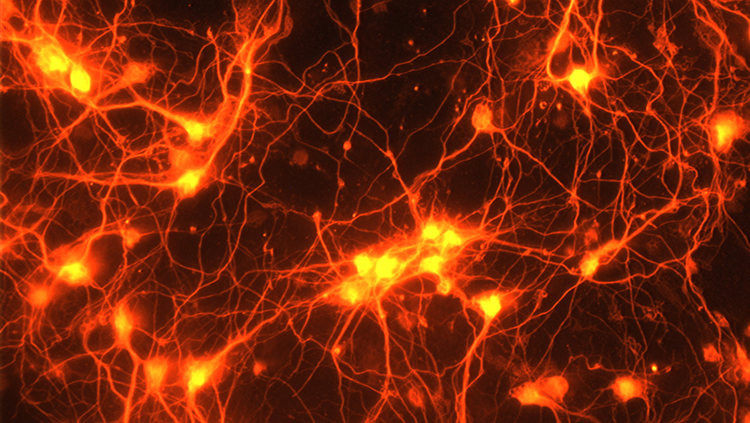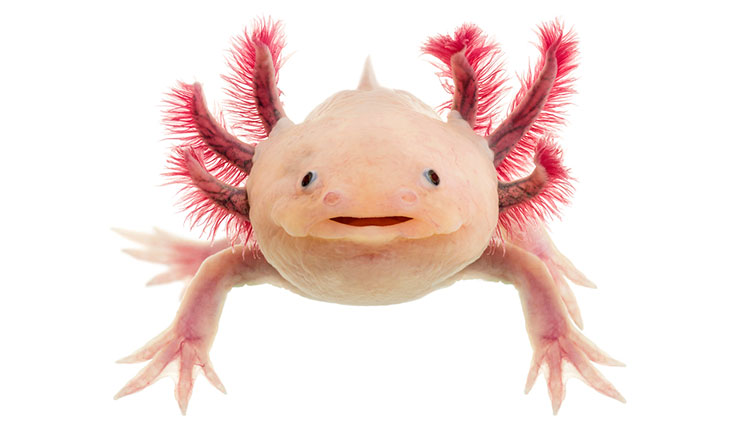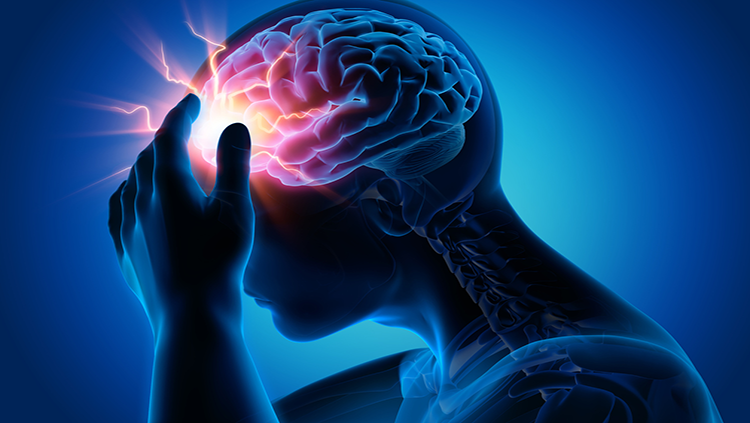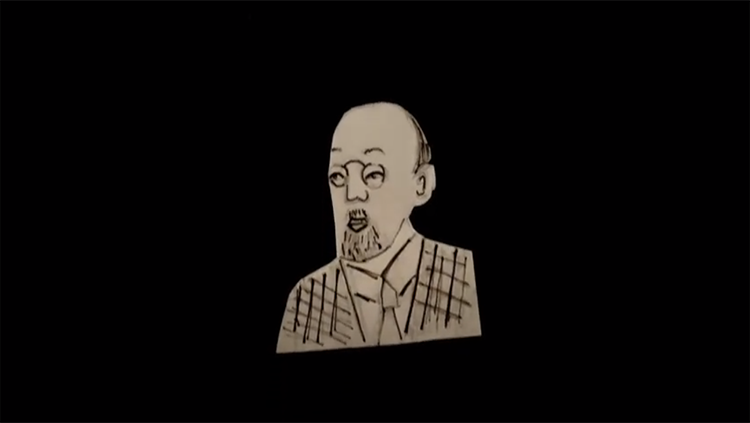Boosting the Brain's Ability to Rebuild
- Published27 Dec 2018
- Reviewed27 Dec 2018
- Author Michael W. Richardson
- Source BrainFacts/SfN

A brain injury, stroke, and certain other diseases can cause brain cells to die off. When these cells are injured or die, the connections between them break as well, causing the circuits that give rise to underlying brain functions to disconnect. But unlike plenty of other cells in our bodies, the brain only has a limited ability to replace dead brain cells – only a few areas (like the dentate gyrus) can create new cells to replace old ones. Instead, the brain works to stitch connections back together using other cells. In the above image, healthy neurons (shown in yellow) grown in a lab dish are sprouting new connections, mimicking the way damaged neurons reestablish lost circuits. While the brain has the natural ability to do this over time, it can be incomplete. Researchers are looking for ways to speed this process up using unique proteins to kick start the process and restore functions to stroke victims as soon as possible.
CONTENT PROVIDED BY
BrainFacts/SfN
References
Also In Injury
Trending
Popular articles on BrainFacts.org


















